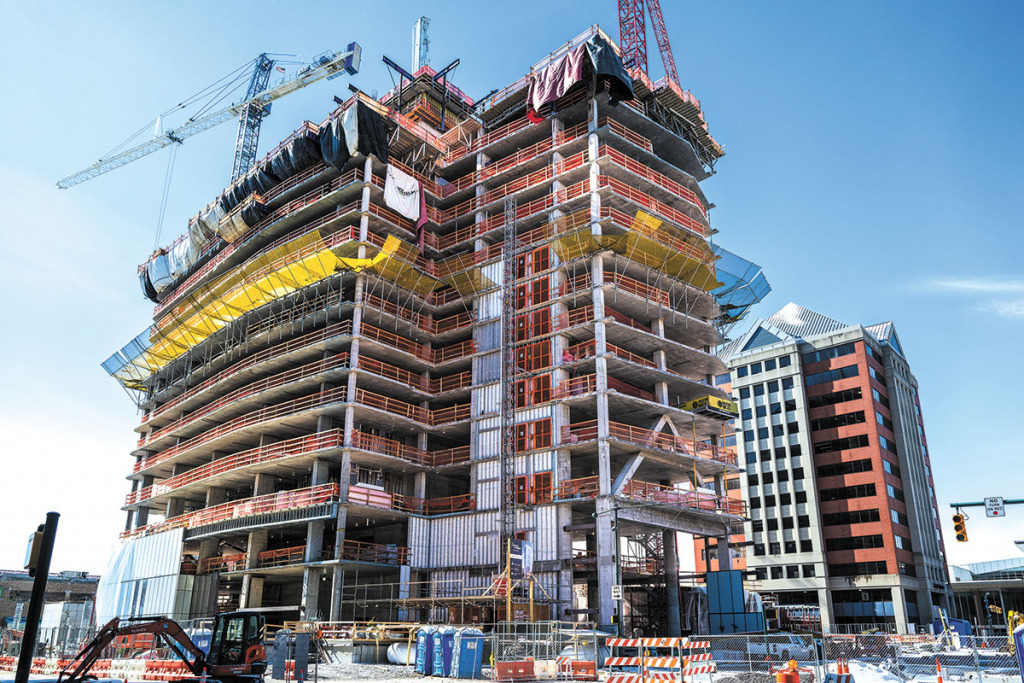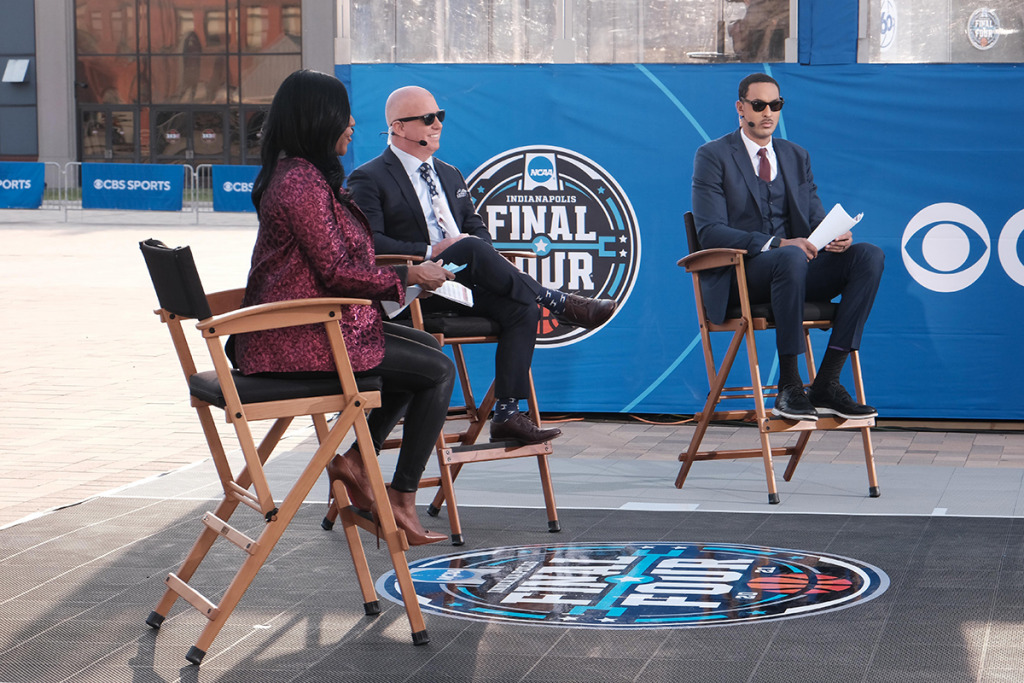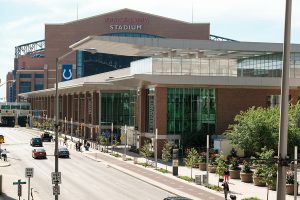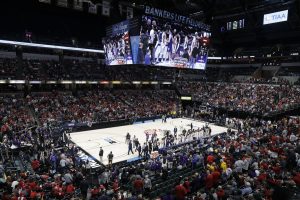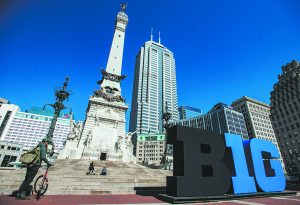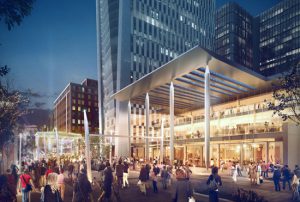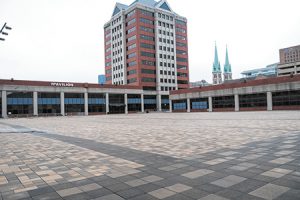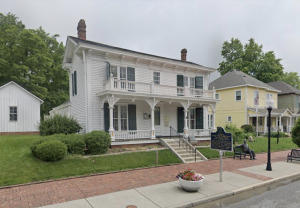
Dispute troubles Greenfield museum honoring Indiana poet James Whitcomb Riley
Greenfield city officials argue that a local not-for-profit group can’t provide proof of ownership for much of the collection of writings, furniture, paintings and other items stored at the James Whitcomb Riley Boyhood Home and Museum.

